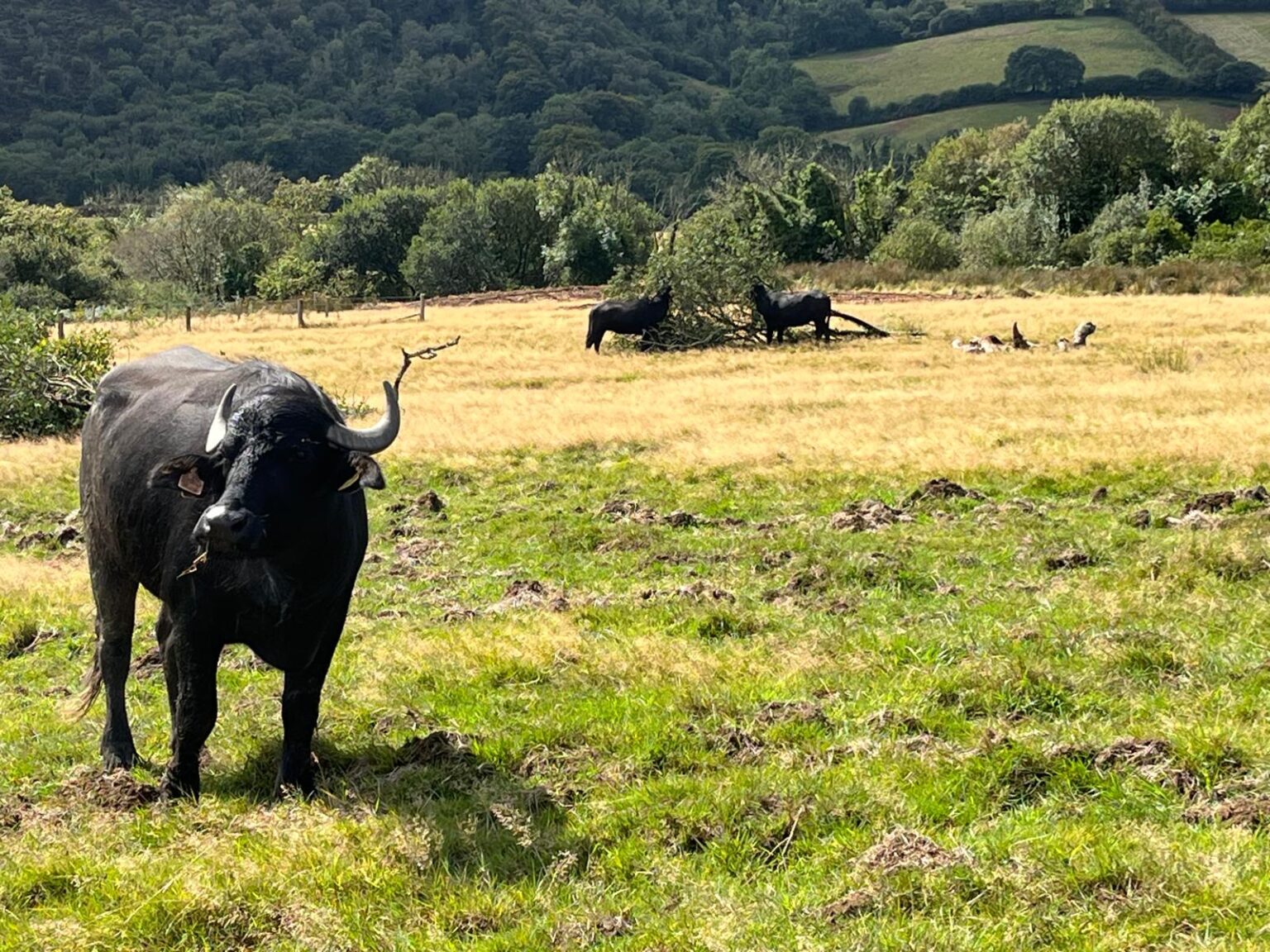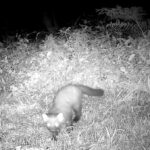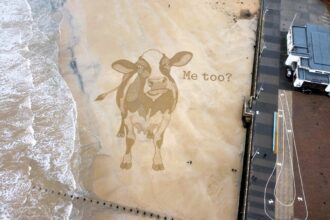Water buffalo have been set loose in the British countryside to churn up mud and boost wildlife.
The huge beasts have been released on a 120-acre site as part of a re-wetting project.
The buffalo’s heavy hooves churn up the earth and create wallows and pools, slowing water flow and helping it settle naturally.
READ MORE: Pine Marten spotted on camera trap for first time in 100 years
- Advertisement -
Their browsing behaviour clears scrub, making space for wildflowers and other species to thrive, which in turn supports insects, birds and mammals.
The site in Tattiscombe, Devon, includes wood pasture, grassland, hedgerows and wetlands, as reported by What’s The Jam.
Farm manager, Murray Sharpe, said: “The arrival of the buffalo marks a new chapter in the restoration of this special place, helping to connect habitats and boost biodiversity.
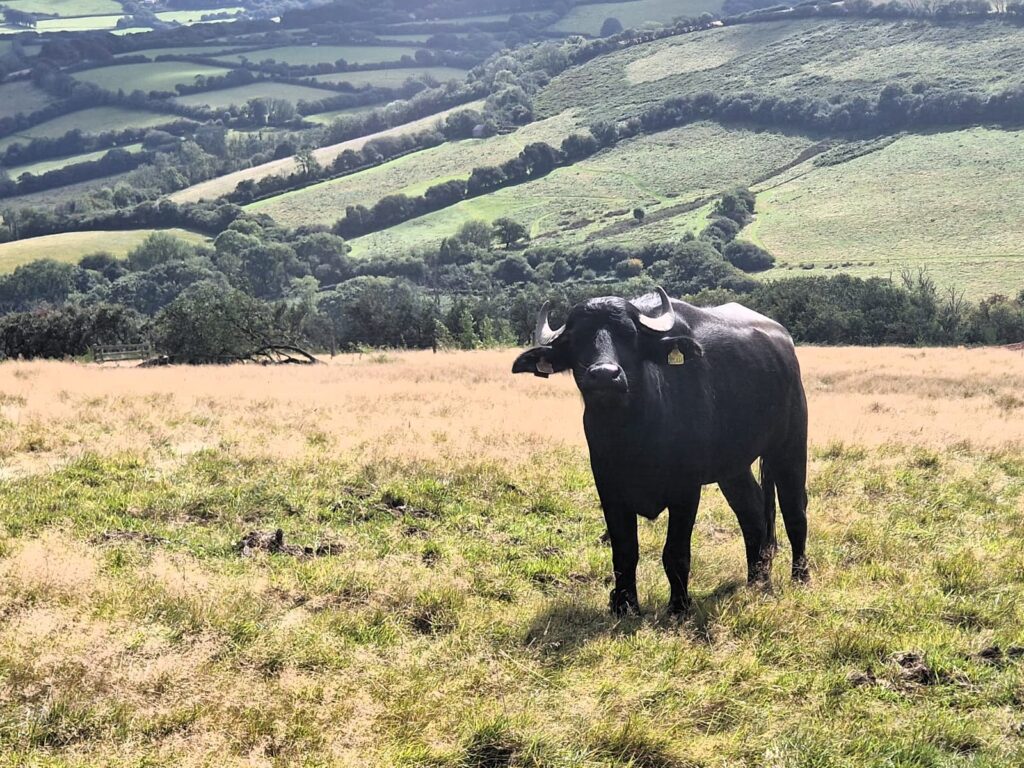
“Buffalo are specialised wetland animals and this site offers an ideal habitat for them.
“They’re hardy, disease-resistant and able to thrive on rough forage.
- Advertisement -
“Their thick skin and natural wallowing habits make them more tolerant of flies and ticks than cattle, which means they’re well-suited to this landscape.
“By grazing and browsing around the many ponds, scrapes and ditches on site, they’ll help shape a broader range of habitats than we could achieve without them.
“In doing so they’ll create a wealth of new niches for wildlife and play a role in driving the ecology of the site.”
- Advertisement -
The Riverlands project, completed in 2024, restored lost wetland by diverting a stream back into its natural floodplain.
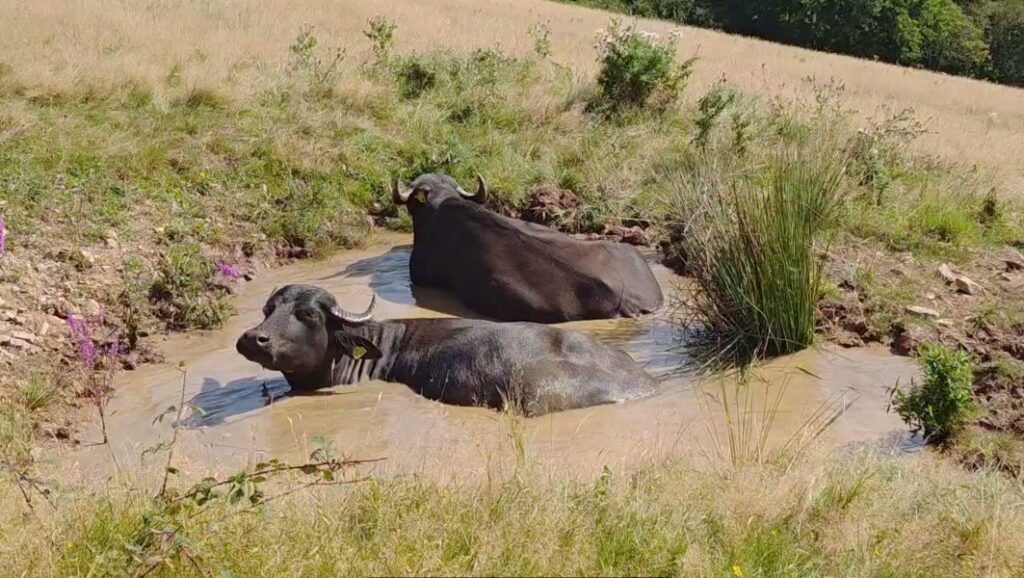
This work helped the site hold water during floods and droughts, boosts biodiversity and improves the landscape’s resilience.
A North Devon Riverlands project spokesperson said: “Introducing buffalo here will build on the success of the work already completed on site, adding a natural way to keep ponds and scrapes open, spread wetland plants and create new niches for insects and birds.
“The buffalo are a key component to the future success for this site and we are looking forward to seeing their impact.
“Their rooting behaviour creates bare ground that supports wildflowers and insects, while slowing surface water.
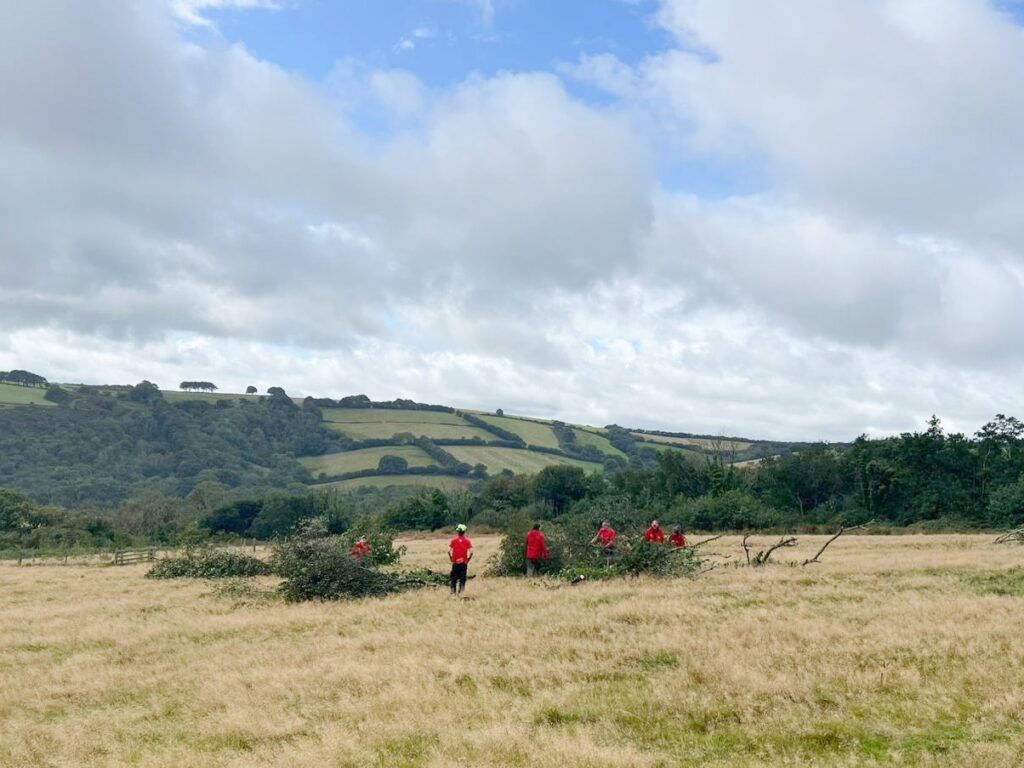
“These disturbed patches are over-sown with wildflower seed, which the livestock help distribute naturally as they move across the site.”
Area ranger for West Exmoor, Jack Ward, added: “Our incredible volunteers have been at the heart of everything, from carrying out wildlife surveys to removing miles of fencing.
“Their energy and dedication have really brought this site to life.”
The site will be monitored for changes in water flow, plant diversity and wildlife numbers over the coming years.
READ MORE: Fat BEAR crowned champion after getting over 96,000 votes for being the chonkiest boy at 1,200lbs


